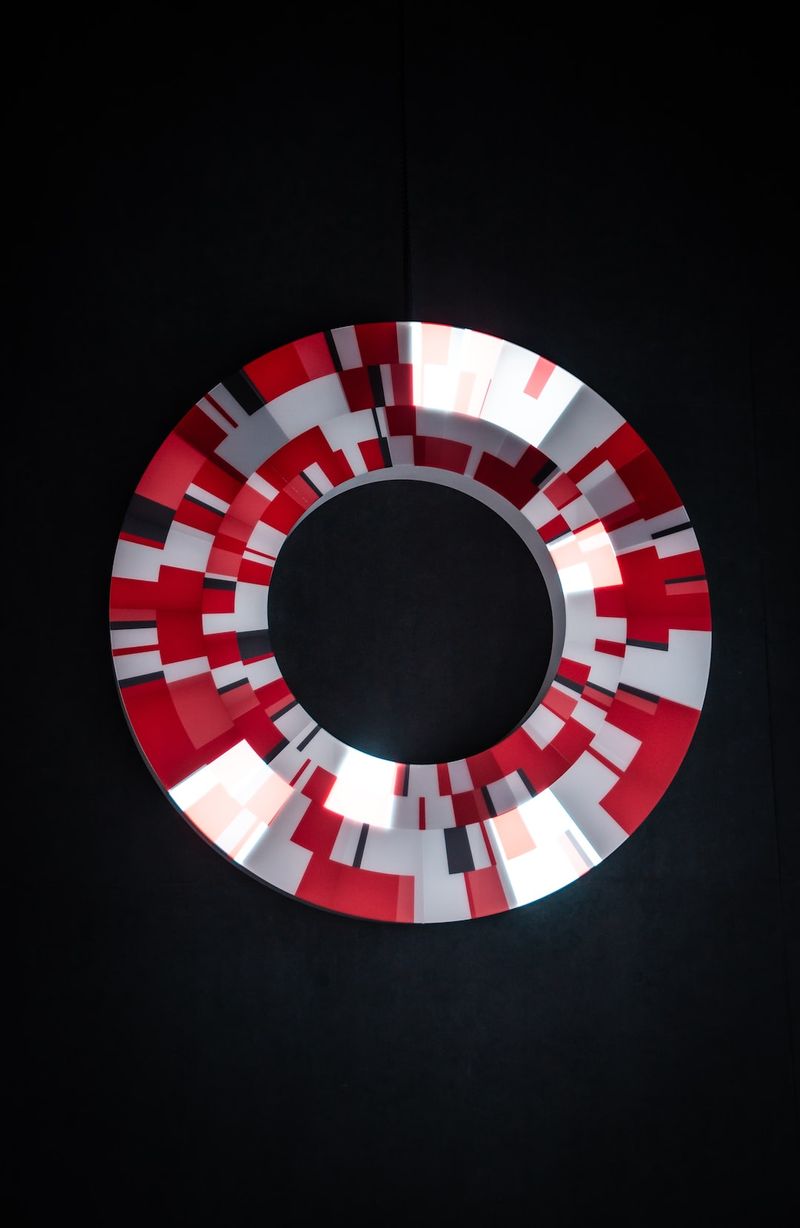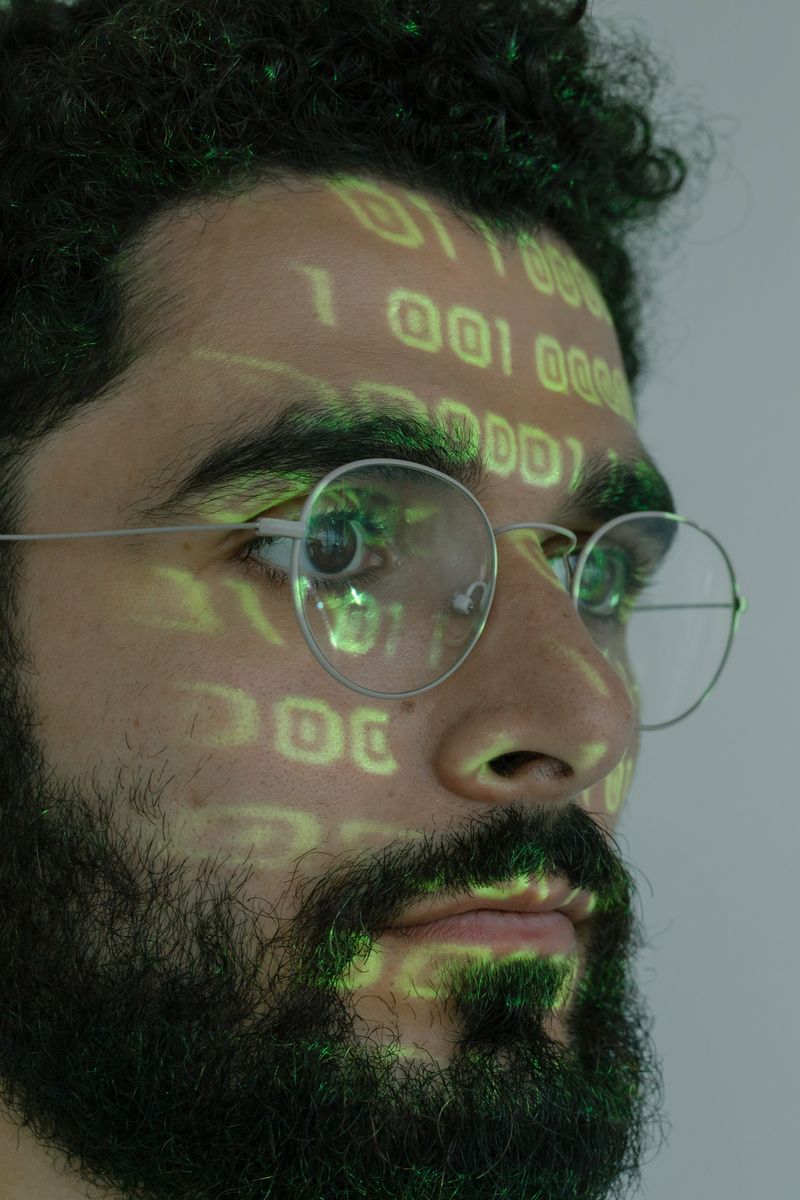New Sophisticated Backdoor “Deadglyph” Unveiled in Middle East Cyber-Espionage Attack
A State-Sponsored Cyber Espionage Group
In a recent cyber-espionage attack targeting a government agency in the Middle East, security researchers have discovered a highly sophisticated backdoor dubbed “Deadglyph.” This backdoor has been linked to the advanced persistent threat group known as Stealth Falcon, which is believed to be state-sponsored by the United Arab Emirates (UAE).
Stealth Falcon, also known as Fruity Armor or Project Raven, has a track record of targeting political activists, dissidents, and journalists in the Middle East. The group’s latest attack, using the Deadglyph backdoor, showcases their advanced capabilities and highlights the evolving landscape of cyber threats faced by governments and organizations.
The Stealthy Architecture of Deadglyph
What sets Deadglyph apart is its unusual architecture, designed to evade traditional detection mechanisms. ESET, a leading security company, detected the malicious activities while monitoring suspicious activities for some of its high-profile customers in the Middle East.
The Deadglyph malware employs homoglyphs, which are characters that visually resemble characters from other alphabets, to mimic the name of technology giant Microsoft in Unicode strings. By using Cyrillic and Greek letters instead of the standard Latin characters, the APT disguised the string “Microsoft Corporation.”
To maintain a low profile, Deadglyph does not receive traditional backdoor commands from a binary file. Instead, it dynamically receives its functions from a command-and-control (C2) server in the form of modules. Leveraging Windows and custom Executor APIs, these modules enable the malware to carry out various capabilities, including loading executables, file operations, token impersonation, and encryption and hashing.
This modular approach allows threat actors to create custom attack capabilities on-the-fly, making it difficult for security solutions to detect and defend against such attacks. Researchers have discovered only three out of nine modules, indicating that there is still much to learn about Deadglyph’s full range of capabilities.
Evasion Techniques and Qatar Connection
In addition to its modular architecture, Deadglyph incorporates several anti-detection mechanisms. It continuously monitors system processes and implements randomized network patterns, making it harder for security analysts to identify and mitigate the threat.
ESET also found a shellcode downloader within the malware, which suggests that it could be used to install additional malware or expand the attack.
Interestingly, a second sample of the Deadglyph malware was discovered on VirusTotal, uploaded from Qatar. While this does not necessarily indicate the origin of the attack, it raises questions about the extent of the Stealth Falcon group’s activities and their potential targets in the broader region.
Reevaluating Security Measures
The emergence of Deadglyph and the continued activities of Stealth Falcon highlight the need for robust cybersecurity measures to combat the evolving threat landscape. Governments, organizations, and individuals must remain vigilant and invest in cutting-edge defenses to protect against targeted attacks.
This incident also underscores the importance of international cooperation in fighting cyber threats. Such state-sponsored attacks have far-reaching implications for global security and necessitate collaborative efforts to ensure the safety and well-being of nations and individuals.
Protecting Against Advanced Persistent Threats
To defend against advanced persistent threats like Deadglyph, organizations and individuals should prioritize the following measures:
– Regularly update and patch software and operating systems to address known vulnerabilities.
– Implement robust endpoint protection solutions that can detect and respond to sophisticated threats.
– Conduct regular security awareness training to educate employees about potential threats and common attack vectors.
– Deploy intrusion detection and prevention systems to monitor network traffic and detect malicious activities.
– Perform regular security audits and penetration testing to identify and address vulnerabilities.
– Establish incident response plans to effectively respond to and recover from security breaches.
– Foster partnerships and information sharing with the cybersecurity community and relevant government agencies to stay informed about emerging threats.
By adopting a proactive and multi-layered approach to cybersecurity and staying informed about the latest threats and attack techniques, organizations and individuals can better defend against advanced persistent threats like Deadglyph and preserve the integrity of their sensitive information and systems.
The Ongoing Fight for Cybersecurity
The discovery of Deadglyph serves as a powerful reminder that the realm of cybersecurity remains a constant battle between attackers and defenders. As threat actors continue to evolve their tactics, the cybersecurity community must remain steadfast in its commitment to innovation and collaboration to stay one step ahead. Through continued research, information sharing, and collective efforts, we can strive to create a safer digital space for all.

<< photo by Yanming Guo >>
The image is for illustrative purposes only and does not depict the actual situation.
You might want to read !
- The Haunting of Autonomous Vehicles: A Cybersecurity Researcher’s Eerie Discovery
- The Cult of the Dead Cow: Digital Mavericks Rescuing the Internet
- Gelsemium: Uncovering the Covert APT Targeting Southeast Asian Government
- The Escalating Cyber Threat: Analyzing Iranian Nation-State Actor OilRig’s Attacks on Israeli Organizations
- Iranian Cyberspies Unleash New Backdoor: 34 Organizations Targeted
- Rise of Chinese-Speaking Cybercriminals: Inside the Large-Scale iMessage Smishing Campaign in the U.S.
- Exploring the Impact of Nigerian Guilty Plea in Million-Dollar BEC Scheme
- The True Price of Compromised Credentials: Are You Prepared to Pay?




